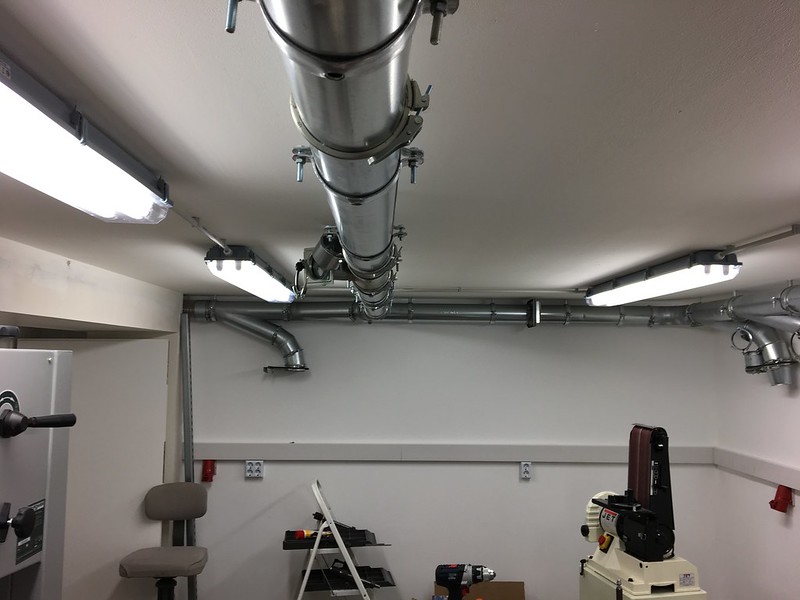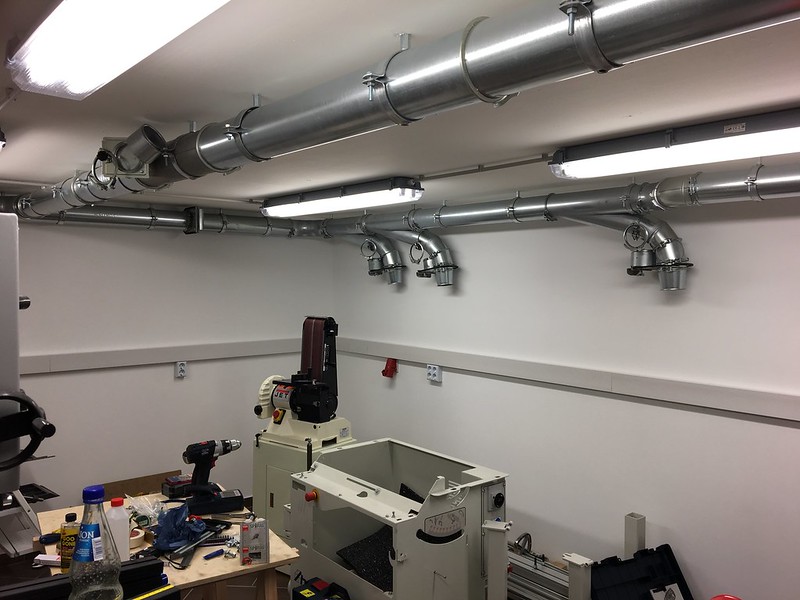Arnold9801
Established Member
I have my extractormin another room off my workshop. I have it running to 8 outlets all sealed via blastgates. Now I know it’s not far to walk each time i switch it on and off, but it would be brilliant if the switch for the extractor was in a central position up in the actual workshop, this avoiding the need to walk back and forth.
My question is, can this be easily achieved by using a nvr switch?
For your info, my extractor is connected to a 16amp plug/switch.
My question is, can this be easily achieved by using a nvr switch?
For your info, my extractor is connected to a 16amp plug/switch.






































